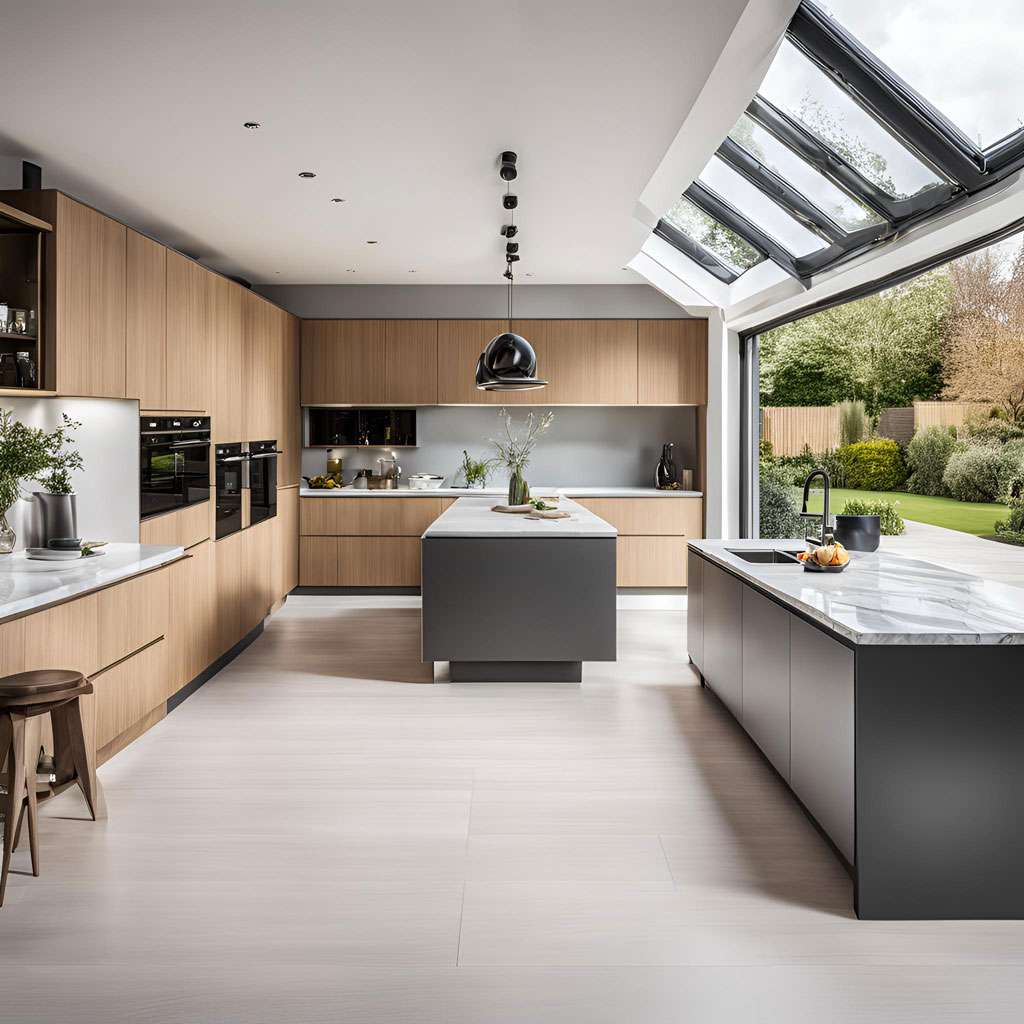What are the uses of 3D Architectural Rendering?
3D architectural rendering, also referred to as architectural illustration, has evolved significantly into an essential art form for architects, real estate developers, and marketing teams alike. This transformation is largely due to continuous experimentation and the growing demand for intricate detailing in modern architectural projects. Here’s an in-depth look at the uses of 3D architectural rendering, which is now an indispensable part of the design and construction process.

1. Design Analysis
The primary purpose of 3D architectural rendering is to enable thorough design analysis. Before the adoption of 3D technology, architects primarily relied on 2D drawings to convey their designs. However, 2D representations often fell short when it came to capturing the depth and complexity required for real-life construction. This is where 3D architectural rendering excels. By converting designs into detailed 3D models, architects, engineers, and construction teams can analyze every aspect of the project, from the materials to the structural elements, ensuring the final build meets all necessary specifications.
With the ability to visualize every intricate detail, construction teams can work more efficiently, aligning the actual build with the original vision. At Luxe3D.co.uk, we create 3D renderings that facilitate clear communication between all parties involved, making it easier to avoid costly design flaws and revisions.
2. Marketing Requisites
In the real estate industry, 3D architectural renderings play a vital role in marketing new projects. When potential buyers or investors view a 2D blueprint, it’s often difficult for them to fully grasp the layout, aesthetics, and scale of a space—unless they are well-versed in architectural design. 3D renderings, on the other hand, provide a realistic and highly detailed preview of the final product, allowing even those without technical expertise to clearly understand the project’s potential.
This form of visualization is not only more engaging but also more persuasive. A well-executed 3D render can capture the attention of clients, helping real estate developers convey the value and appeal of their project. At Luxe3D.co.uk, we specialize in creating visually stunning 3D renderings that help clients showcase their developments in the best possible light, ensuring faster sales and increased buyer confidence.
3. Presentations
When it comes to presentations, 3D architectural rendering is an invaluable tool. Whether you are presenting to investors, stakeholders, or potential buyers, a 3D rendering provides a visual experience far superior to technical drawings. Instead of abstract numbers and dimensions, audiences are presented with realistic views of the project, making it easier to convey the essence of the design.
Additionally, 3D renderings can be incorporated into animated walkthroughs, providing a virtual tour of the space. This immersive experience allows viewers to better understand the project’s flow, spatial relationships, and overall aesthetic appeal. Luxe3D.co.uk offers tailored presentations that allow real estate professionals to present their projects clearly and persuasively, helping close deals faster.
4. Beyond Architecture: Other Uses of 3D Rendering
While 3D architectural rendering is primarily used within architecture and real estate, its applications extend far beyond these fields. 3D rendering services are widely used in industries such as:
- Movies: For special effects and detailed visualizations.
- Safety Training: To simulate real-world scenarios for industries like construction and aviation.
- Medical Imaging: For visualizing complex procedures and anatomical models.
- Product Prototyping: To design and test products before manufacturing.
- Engineering: For the simulation of infrastructure projects.
- Video Games: To create immersive, 3D environments.
- Virtual Reality: To provide interactive experiences in various fields.
Impact of 3D Architectural Rendering
3D architectural rendering has a profound psychological and emotional impact on viewers. High-quality renders can evoke positive emotions and influence a client’s decision-making process by making them feel more connected to the project. This emotional connection is often key in securing business in the highly competitive real estate industry. At Luxe3D.co.uk, we understand the importance of this emotional engagement and ensure that our renders not only look great but also resonate with the audience on a deeper level.
3D Rendering for Architectural Developments
As technology advances, 3D rendering continues to push the boundaries of what architects and designers can achieve. From showcasing sustainability features to highlighting security and safety elements, modern 3D rendering tools enable architects to present highly detailed and contextualized visualizations. This not only helps in refining the design but also ensures that all aspects of a project—whether environmental, social, or structural—are addressed effectively.
Conclusion
In today’s fast-paced real estate and architecture industry, 3D architectural rendering has become an indispensable tool. It facilitates better design analysis, enhances marketing efforts, and makes presentations more compelling and understandable. As this technology continues to evolve, we can expect even more sophisticated and detailed representations of architectural concepts, leading to better project outcomes and more satisfied clients.
At Luxe3D.co.uk, we are committed to staying at the forefront of this technological evolution, offering cutting-edge 3D rendering services that elevate every project. By leveraging the latest advancements in 3D technology, we ensure that our clients not only visualize their designs but also experience them in the most immersive and engaging way possible.
